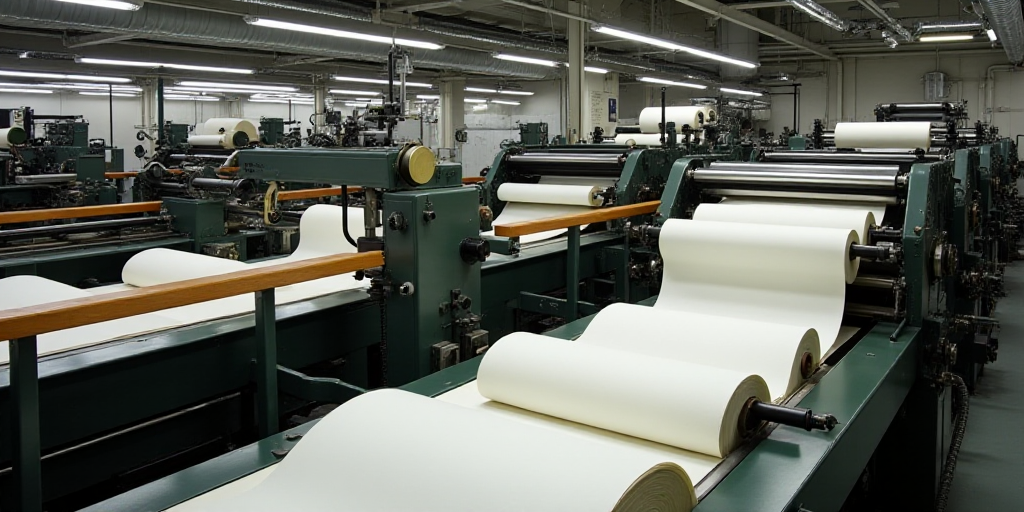The simplicity of a daily product often conceals years of rigorous research. This is the premise behind what 3M, a global innovation company, calls “Applied Science to Life“, an approach that highlights the vast array of scientific and technological developments required to create solutions ranging from classic adhesive tapes or Post-it notes to more specialized products.
From Common Polymer to Specialized Solution
Armando Solís, Manufacturing Engineer Manager at 3M, explains how in-depth material research drives the company’s development. What may appear to be a simple solution actually involves complex applications of physical and chemical principles that enable the same polymer to transform into radically different products.
“Often, the same material—perhaps a polymer—can be used and eventually become different products. From fibers to cleaning products like dusters or buckets, which are entirely distinct products but sometimes originate from the same polymer,” Solís says.
3M’s laboratory work relies on molecular analysis and specialized equipment to evaluate specific characteristics across various product categories. For instance, in Scotch-Brite fibers, the combination of synthetic fibers with abrasive materials is calibrated to achieve the desired level of friction, whether for a ‘zero-smudge’ product or industrial cleaning.
Or in office supplies and adhesives, where the science behind the pressure-sensitive adhesive of Post-it notes is just the beginning. This engineering extends to high-performance tapes, specialized coatings, and office materials designed to interact with various surfaces and environments.
3M’s Impact on Critical Areas
The breadth of 3M’s applied science spans essential sectors for industry and health, where quality and precision are determinant. The company develops an extensive range of materials and components in the medical field, focusing on hypoallergenic, resistant, and biocompatible materials. Examples include adhesive bandages and dressings with skin-sensitive or high-adhesion adhesives for large tubes and devices, as well as catheter fixation tapes and wound protection materials. Additionally, diagnostic equipment like Littmann stethoscopes using precision acoustic technology.
Material science is also crucial for protecting workers in hazardous environments with respiratory protection (respirators and cartridges) and auditory protection (earplugs and earmuffs), designed with materials ensuring perfect fit and maximum filtration efficiency. They also work on fall protection (harnesses and anchors) with high-resistance materials and ergonomic design.
Innovation Driven by Need and Sustainability
Solís shares that 3M’s strategy for determining innovation areas always involves analyzing consumer needs and habits in each region. For example, cleaning fibers adapted to household chemicals used in Mexico. He adds that market trends have made sustainability a key pillar. The main challenge is integrating recyclable or reusable materials into the production chain without compromising the final product’s quality.
“At 3M, innovation includes reusing waste material to prevent it from becoming waste, thus minimizing its environmental impact,” Solís explains.
The Engine of San Luis Potosí Plant
Finally, Solís shared that the San Luis Potosí (SLP), Mexico plant is a research reference, with constant investment in automation and advanced technologies.
For instance, they work with artificial intelligence and machine learning, crucial for data analysis, “which allows predicting process failures and responding quickly to volatile market demands.” They also invest in robotics and machine vision, implementing inspection systems that detect defects in milliseconds, raising manufacturing quality standards.
Solís adds that the SLP plant is not only a scientific innovation center but also a labor inclusion model, where gender equity approaches 50/50 across all levels. “Women in innovation and development areas apply their work to process modernization, sustainability strategies, and new product design. Moreover, there is female presence in traditionally male-dominated areas like maintenance, forklifts, and process engineering.”
Another area is inclusion for people with disabilities, where labor inclusion programs have been implemented for individuals with hearing, language, or visual impairments, adapting infrastructure and processes to ensure safe and productive operations.
In conclusion, by consolidating material science, technology, and diverse human talent, 3M aims for its solutions—from industrial lubricants to protective equipment—to contribute to resolving global challenges and making life easier and safer for millions of people.
Key Questions and Answers
- What is 3M’s approach to innovation? 3M’s approach, called “Applied Science to Life“, emphasizes the vast array of scientific and technological developments required to create solutions addressing various needs, from daily products to specialized medical components.
- How does 3M ensure product quality and precision? 3M invests in advanced technologies like artificial intelligence, machine learning, robotics, and machine vision to analyze data, predict process failures, and maintain high-quality standards.
- What sectors does 3M’s applied science impact? 3M’s applied science spans essential sectors for industry and health, including medical materials, industrial lubricants, protective equipment, and sustainable product development.
- How does 3M prioritize sustainability in its operations? 3M integrates recyclable or reusable materials into production chains while maintaining product quality, minimizing environmental impact.
- What makes 3M’s San Luis Potosí plant a model for labor inclusion? The SLP plant is a model for labor inclusion, with near gender equity across all levels and programs for people with disabilities, ensuring safe and productive operations.






